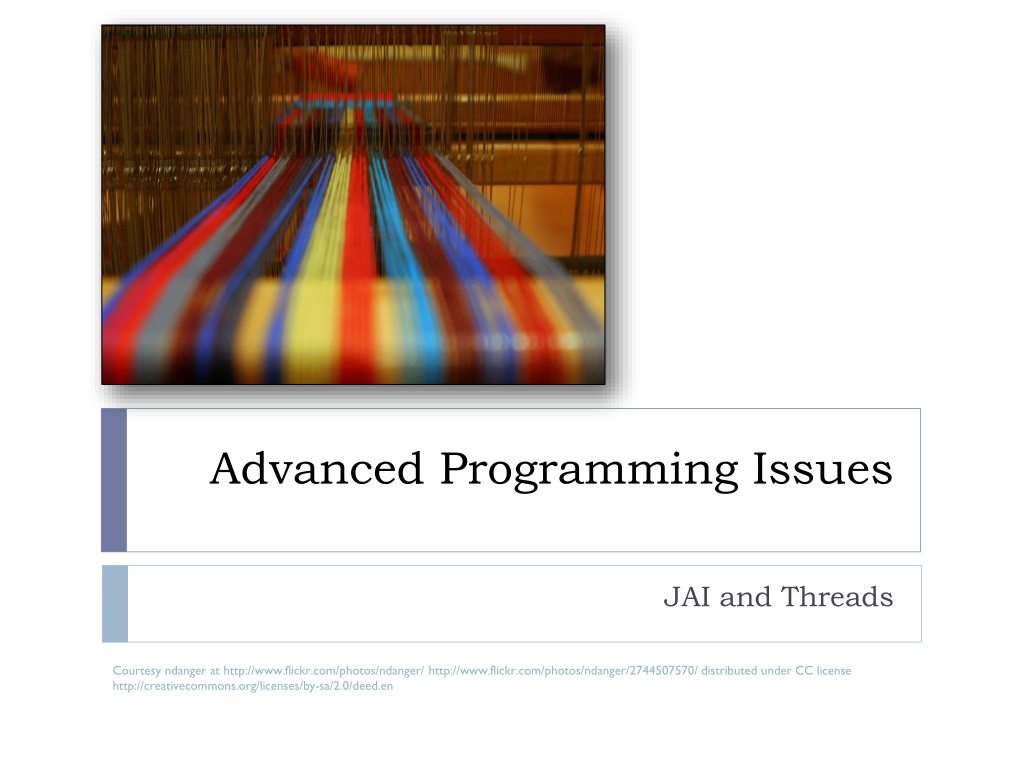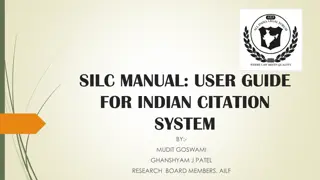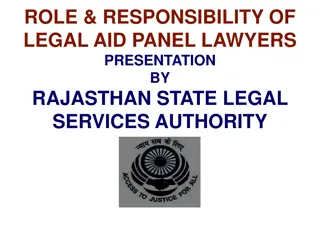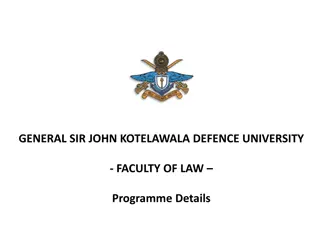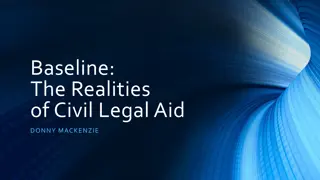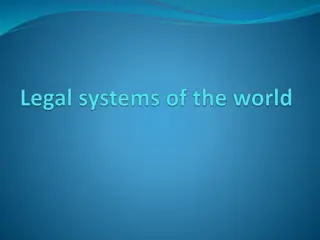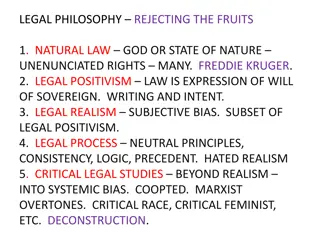Legal Issues Impacting Traumatologists
This presentation by Dr. John C. Hagedorn II, MD explores the legal issues affecting traumatologists, including laws such as EMTALA and HIPAA. Learn about patient transfer guidelines, practice management legalities, and more in this informative session.
Download Presentation

Please find below an Image/Link to download the presentation.
The content on the website is provided AS IS for your information and personal use only. It may not be sold, licensed, or shared on other websites without obtaining consent from the author.If you encounter any issues during the download, it is possible that the publisher has removed the file from their server.
You are allowed to download the files provided on this website for personal or commercial use, subject to the condition that they are used lawfully. All files are the property of their respective owners.
The content on the website is provided AS IS for your information and personal use only. It may not be sold, licensed, or shared on other websites without obtaining consent from the author.
E N D
Presentation Transcript
Advanced Programming Issues JAI and Threads Courtesy ndanger at http://www.flickr.com/photos/ndanger/ http://www.flickr.com/photos/ndanger/2744507570/ distributed under CC license http://creativecommons.org/licenses/by-sa/2.0/deed.en
Concurrency Concurrency (parallelization) occurs when more than one process is executing at the same time. Computing systems often have multiple cores (or cpus) which can function simultaneously. Many of the filters presented in this text can be made much more efficient through the use of concurrency. Java uses threads as parallel processes within a program.
Thread Thread is a Java class that represents a thread The Thread class contains three primary methods void run() the code that should be executed in parallel with others void join() block and wait for the thread to complete its run void start() allocate system resources for the Thread and execute the
Image processing filters Common technique is to divide an image into tiles. The tiles are assigned to threads that process the tile. Must control the tiling such that a tile is never assigned to multiple threads and that all tiles are assigned. Construct an ImageTiler object. The tiler accepts a BufferedImage and dimensions of the tiles. It then serves as a synchronized (thread save) iterator that dispenses tiles via the next method.
Construct a Thread Must author a thread that applies a BufferedImageOp to tiles of an image.
Notes The getSubimage method returns a BufferedImage that shares the same databuffer as the source. Modification of the subimage is a modification of the source The OpThread applies the same operation to each tile The OpThread gets tiles from the tiler. It doesn t matter which tiles are being operated on.
Can even write a ConcurrentOp How about writing a BufferedImageOp that applies another BufferedImageOp in a concurrent fashion! The ConcurrentOp accepts a BufferedImageOp and Creates a single image tiler Creates an OpThread for each available processor in the system. Each OpThread uses the same tiler Starts the OpThreads and then waits for them to finish via the join.
Using the ConcurrentOp Here is some client code that makes use of the concurrent filter class. BufferedImage source = ImageIO.read(new File( file.jpg )); BufferedImageOp invertor = new InvertOp(); ConcurrentOp op2 = new ConcurrentOp(invertor, 100, 100); BufferedImage dest = op2.filter(source, null); Not all ops are threadable. Any thread that relies on the location of a sample or the order of sample processing will not work properly.
JAI Java Advanced Imaging (JAI) is a sophisticated image processing library. Provides full support for floating point images Larger range of image encoders/decoders Larger range of color models Multiple source filters Deferred execution Direct support for distributed and threaded applications Can be executed in either Accelerated mode by using optimized native libraries (DLL s) Native mode by using straight Java (slower).
JAI A JAI filter is viewed as a directed graph Each node is an operation Each edge shows the input/output Each node is also the result of the operation
JAI Classes Three main classes RenderedOp a node in a JAI chain ParameterBlockJAI a set of parameters for an operation JAI a set of static methods for creating chains.
